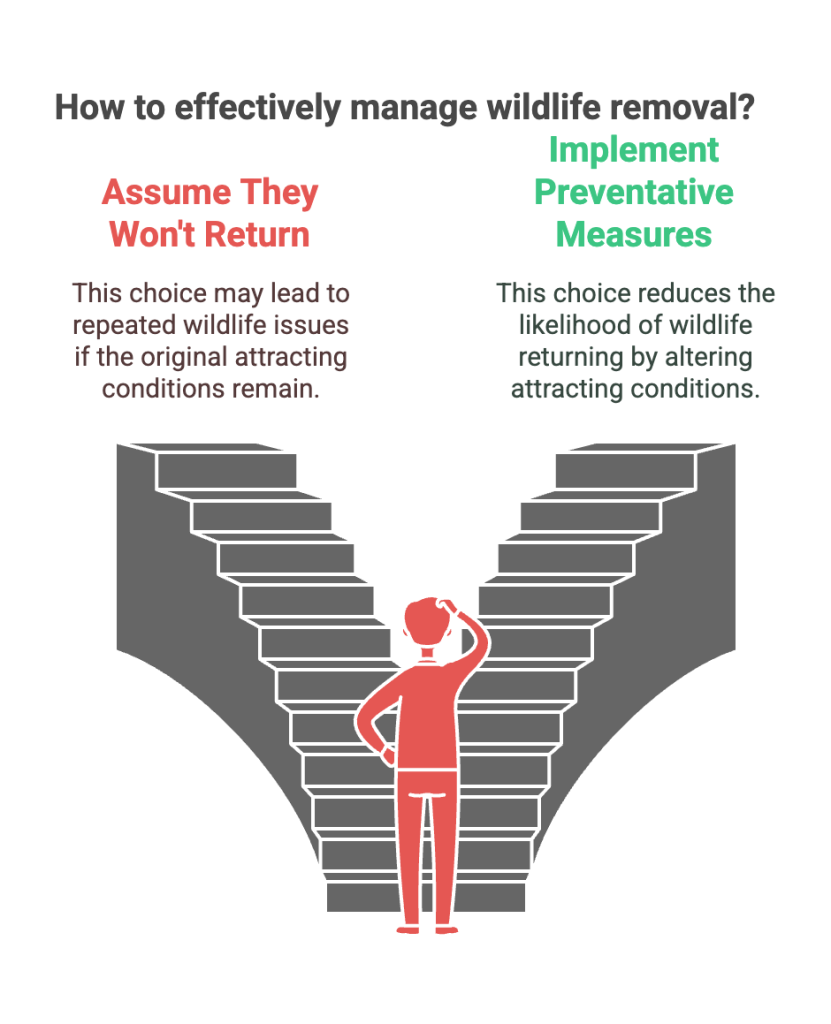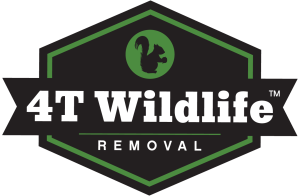Wildlife Prevention Tips: Protect Your North Alabama Home from Unwanted Pest
As human development expands into natural habitats, encounters with wildlife become more common. From raccoons and squirrels to bats and skunks, wild animals can cause structural damage, health hazards, and safety concerns for homeowners and businesses. Understanding how to prevent wildlife intrusions is essential for maintaining a safe and secure property.
In this guide, we’ll explore wildlife prevention tips, discuss industry insights, explain why businesses offering wildlife control services need online marketing, and highlight the digital marketing services that can help grow their customer base.
The Growing Wildlife Control Industry
The wildlife control industry has seen significant growth due to increasing urbanization and the rising awareness of the health and property risks posed by wild animals. Here are some industry insights:
- Urban Expansion: As cities grow, wildlife is forced to adapt, leading to increased human-wildlife interactions.
- Health Risks: Many wild animals carry diseases such as rabies, leptospirosis, and histoplasmosis, making their presence a serious concern.
- Seasonal Activity: Wildlife intrusion often spikes in the fall and winter as animals seek warmth and shelter indoors.
- Regulatory Compliance: Many areas have laws protecting certain wildlife species, requiring humane and legal removal solutions.
Because of these challenges, property owners increasingly rely on professional wildlife control services to handle infestations safely and effectively.
Essential Wildlife Prevention Tips
1. Secure Entry Points
Animals often enter through small openings in roofs, vents, chimneys, and foundations. To prevent this:
- Inspect your home or business for holes or cracks.
- Seal openings with steel mesh, caulk, or metal flashing.
- Install chimney caps and vent covers.
2. Keep Food Sources Inaccessible
Wildlife is attracted to food, including trash, pet food, and birdseed. To reduce attraction:
- Use sealed trash cans with locking lids.
- Avoid leaving pet food outdoors overnight.
- Keep compost bins covered and well-maintained.
3. Trim Trees and Shrubs
Overgrown vegetation provides hiding spots and access to roofs. Maintain landscaping by:
- Trimming tree branches at least 10 feet away from the house.
- Removing dense shrubbery near the foundation.
- Keeping grass short to deter burrowing animals.
4. Eliminate Water Sources
Standing water attracts wildlife looking for a drink or a breeding ground. Prevent this by:
- Repairing leaking pipes and hoses.
- Emptying birdbaths regularly.
- Ensuring proper drainage around your property.
5. Use Motion-Activated Deterrents
Technology can help keep wildlife away. Effective deterrents include:
- Motion-activated lights and sprinklers.
- Ultrasonic repellents for small mammals.
- Noise-making devices to discourage nesting.
6. Protect Gardens and Lawns
Deer, rabbits, and rodents can damage plants and lawns. Guard your landscaping by:
- Installing fences around gardens.
- Using natural repellents like garlic or peppermint sprays.
- Placing netting over vegetable patches.
7. Regular Property Inspections
Routine inspections can help detect wildlife issues early. Schedule:
- Seasonal checks before fall and winter.
- Inspections after storms that may cause structural damage.
- Professional assessments if you suspect animal activity.
8. Work with a Professional Wildlife Control Service
If wildlife problems persist, a professional can ensure humane removal and long-term prevention solutions. Experts can:
- Identify access points and recommend repairs.
- Safely remove animals without harming them.
- Provide ongoing monitoring to prevent re-entry.


